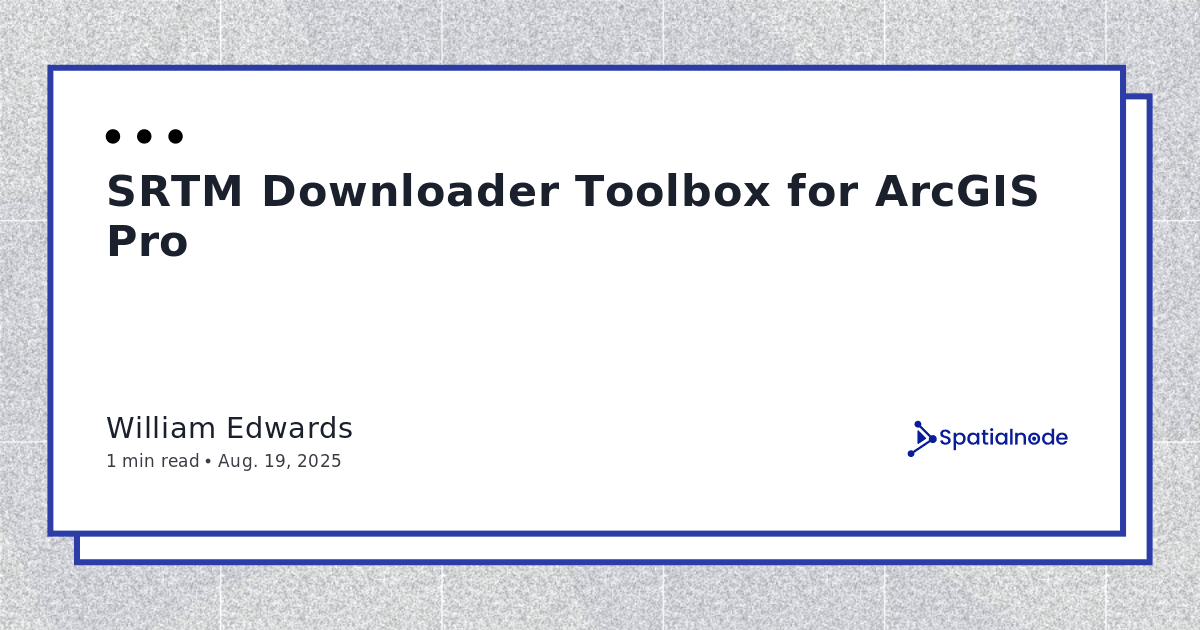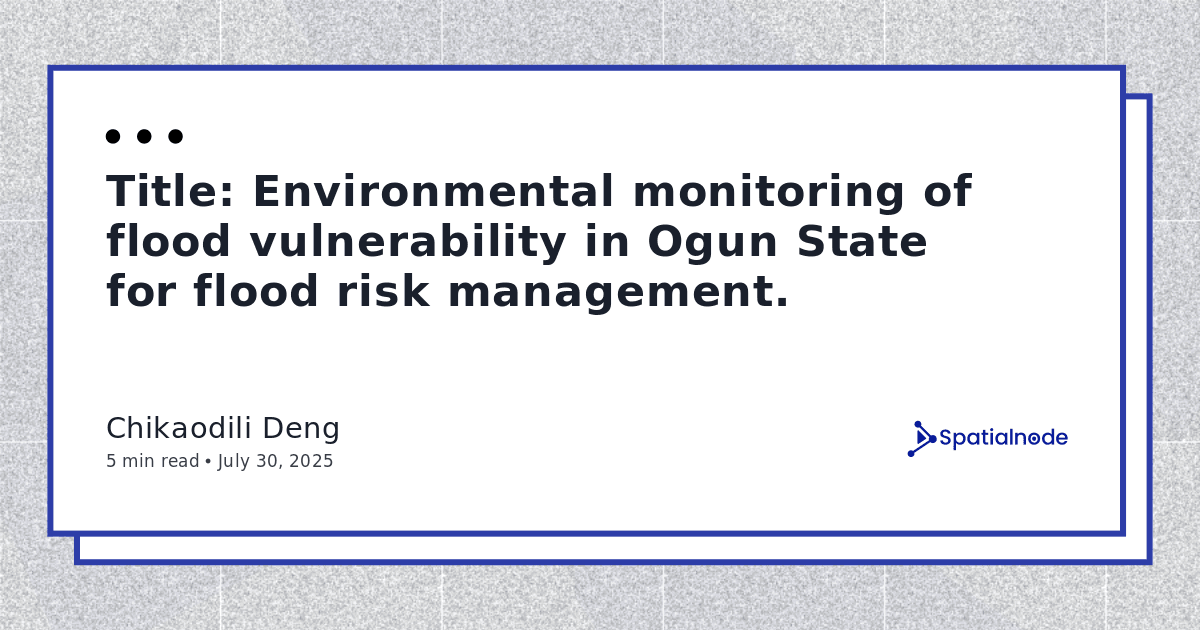In today's data-driven world, organizations rely heavily on data analysts to derive insights and make informed decisions. However, there is another type of analyst that offers unique advantages when it comes to understanding data: the geospatial analyst. In this article, we will compare and contrast the roles of geospatial analysts and data analysts, and explore the reasons why choosing a geospatial analyst could be a valuable addition to your team.
Geospatial Analyst vs. GIS Technician
Tools Used by Geospatial Analysts and Data Analysts
Advantages of Choosing a Geospatial Analyst
Geospatial analysts also use a range of statistical models to understand data. They apply techniques such as spatial regression analysis, spatial autocorrelation, and geographically weighted regression to understand relationships between variables and spatial patterns. These models can help identify areas where certain variables have high or low values, highlight spatial clusters of data, and even predict future trends.
Another advantage of geospatial analysis is the ability to find solutions to problems that may not be apparent through traditional data analysis techniques. For example, geospatial analysis can identify potential locations for new facilities or assess the impact of environmental factors on public health. By incorporating spatial context into data analysis, geospatial analysts can provide a more complete picture of a problem and propose more effective solutions.
Conclusion
While both geospatial analysts and data analysts play important roles in understanding data, geospatial analysts offer unique advantages when it comes to analyzing data in the context of geographic location. By using specialized tools and statistical models, geospatial analysts can identify patterns and relationships that may not be apparent through traditional data analysis techniques. Additionally, the ability to communicate findings through maps and other visualizations can be more effective in engaging stakeholders and making informed decisions. Ultimately, choosing a geospatial analyst could be a valuable addition to your team, providing a deeper understanding of your data and insights that can inform more effective decision-making.





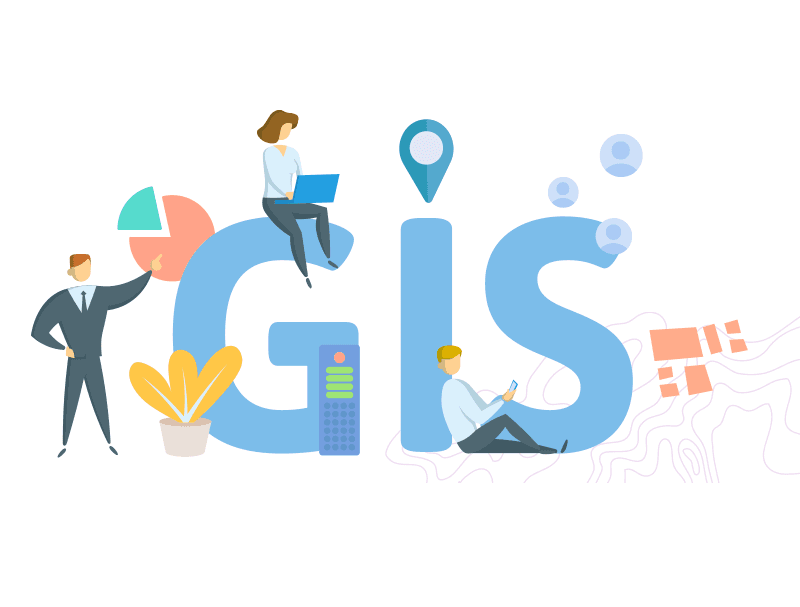
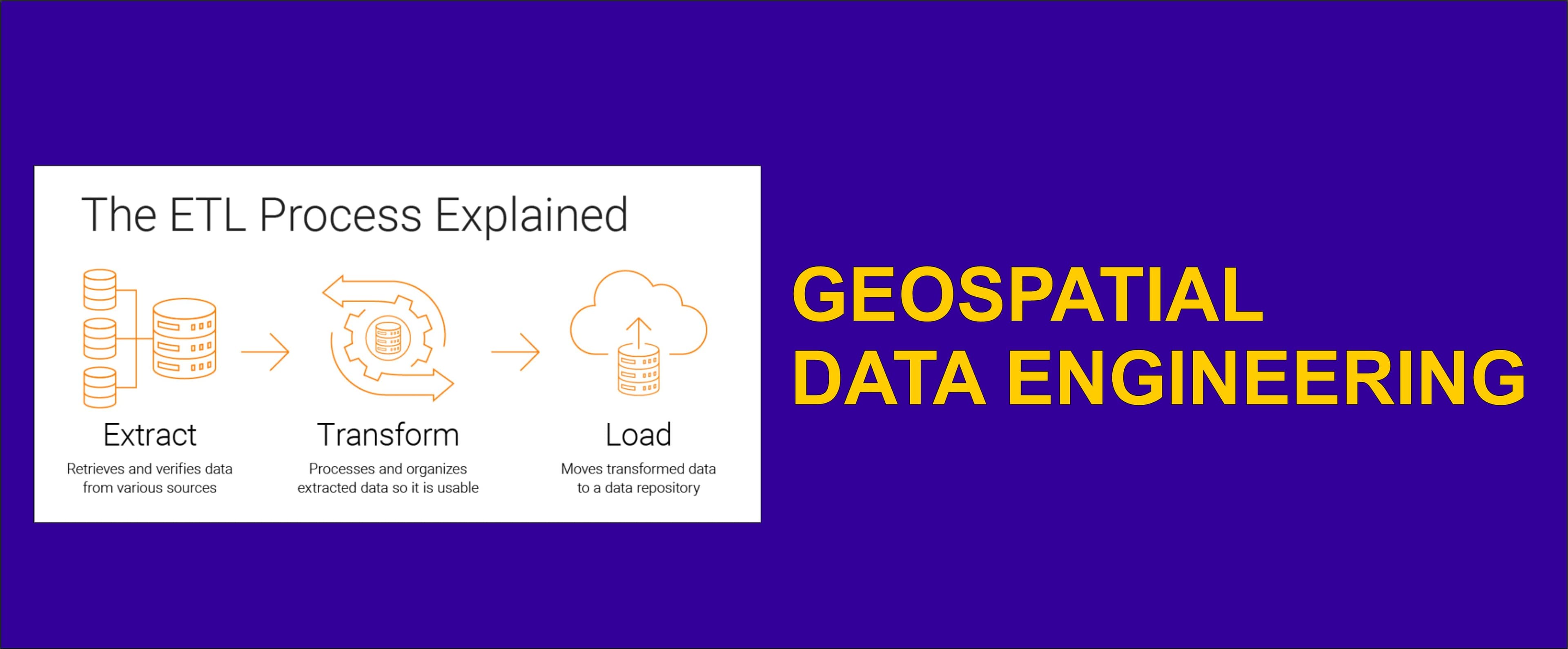
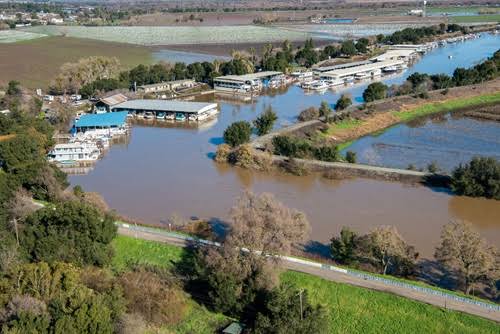
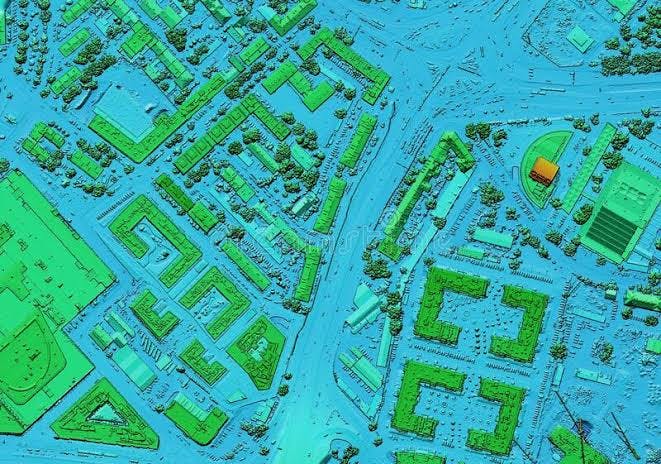


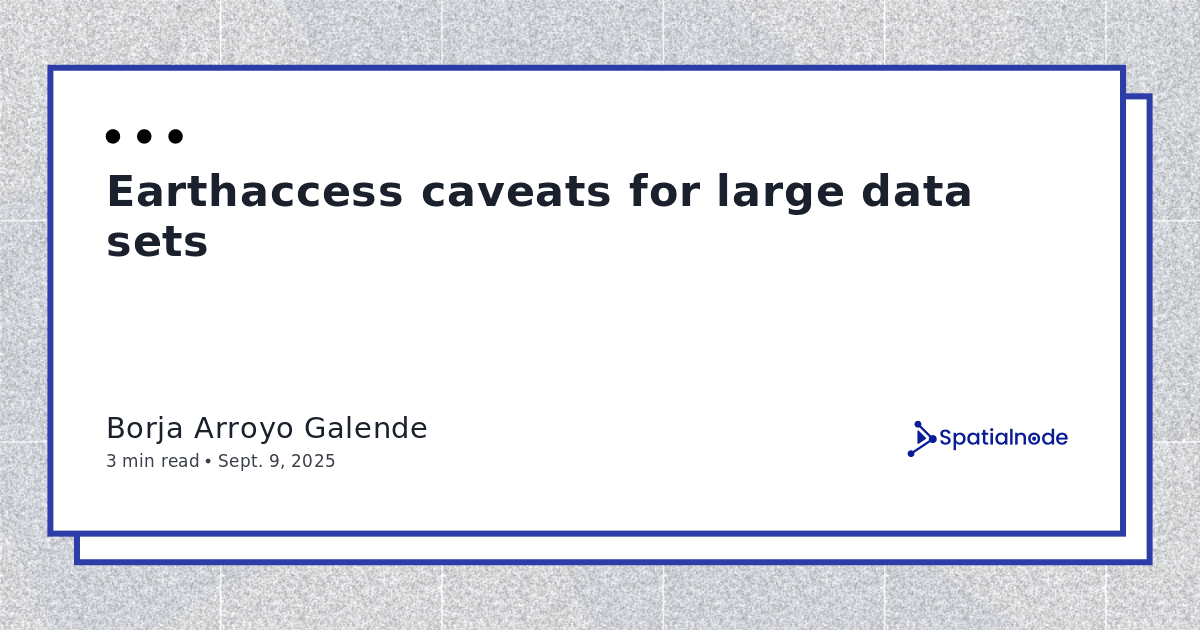
.jpeg&w=3840&q=75)
